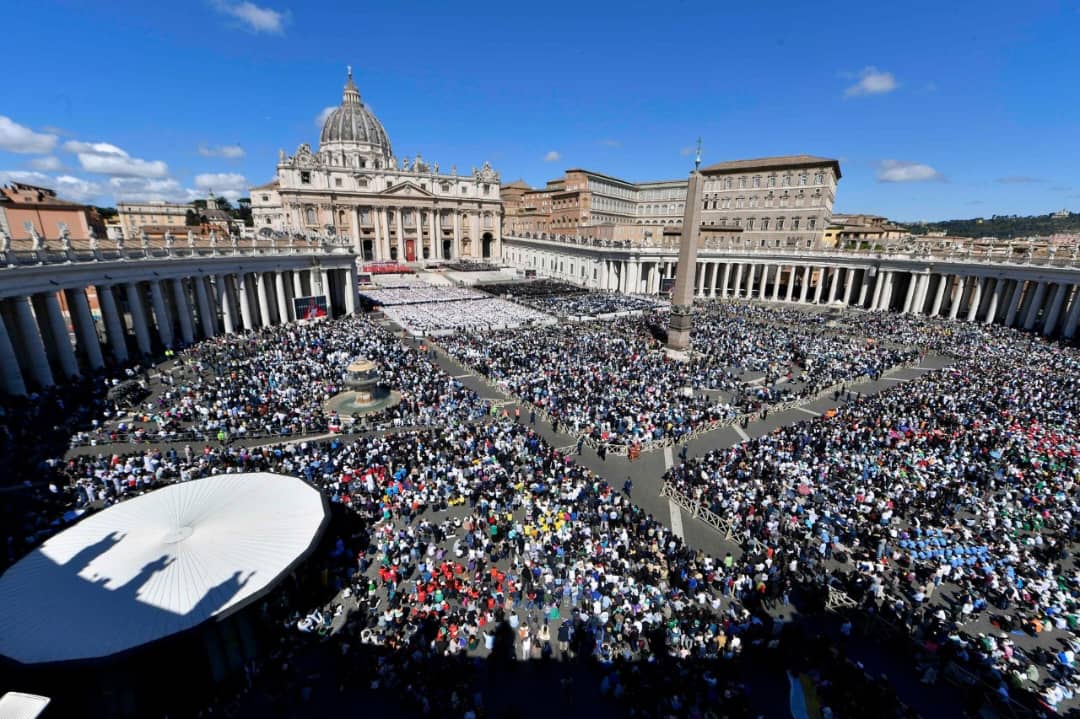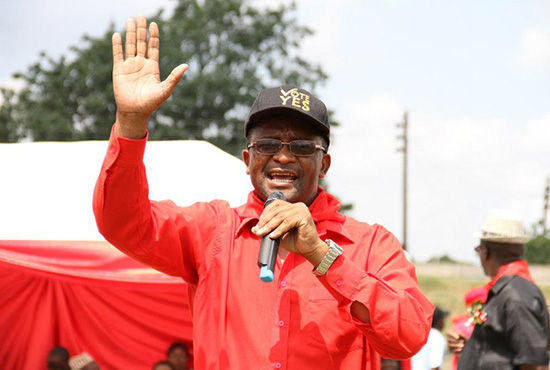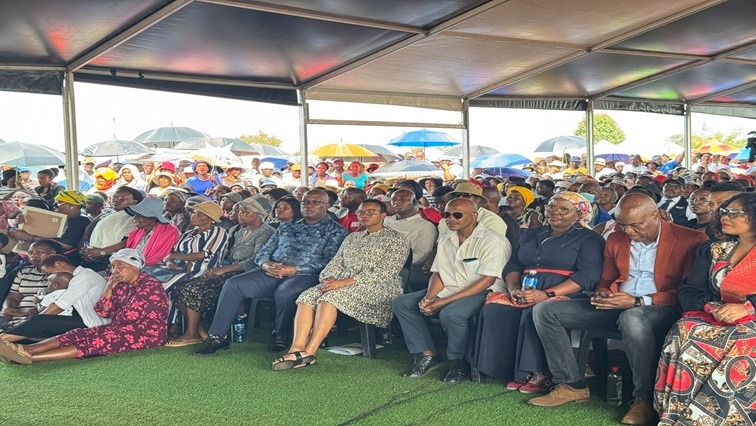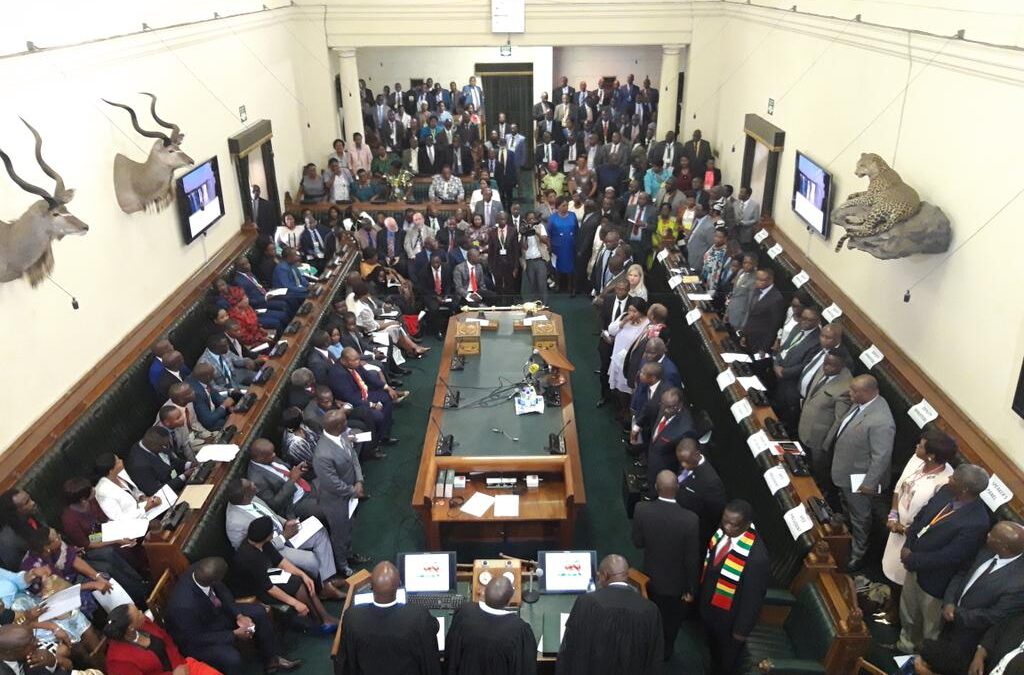Tarcisious Marondedze | Harare, Zimbabwe
Over the past few days, dramatic images claiming to show a “gothic” Catholic funeral for the late Pope have flooded social media. Scenes of black robes, skull masks, dim candlelight, and eerie cathedrals have been widely circulated, raising alarm among those unfamiliar with Catholic traditions.
But let’s set the record straight: those images are fake.
The real funeral for the Pope took place publicly in St. Peter’s Square, Rome—under the bright sun, with white vestments, traditional hymns, and a ceremony centered on hope, not fear. Unfortunately, in today’s digital age, viral misinformation spreads faster than facts, deepening confusion, especially among non-Catholics.
—
Understanding Catholic Traditions
The Catholic Church is the oldest Christian institution, founded on the teachings of Jesus Christ and the apostles. Every Christian denomination today—whether Protestant, Pentecostal, Evangelical, or Orthodox—traces its roots back to this first community.
Over 2,000 years, the Catholic Church has played a key role in shaping Western civilization. It built schools, universities, hospitals, and contributed to philosophy, law, and human rights. It has outlasted empires, revolutions, and even internal scandals, not because of human strength, but because of a firm foundation in Christ.
Quoting from a recent article by State of the Nation:
> “The timeless strength of the Catholic Church continues to serve as a beacon of hope in turbulent times.”
However, such a long history also means it faces resentment. As the “mother church,” Catholicism sometimes attracts jealousy or suspicion, especially when people misunderstand its rich symbolism.
—
What Happens at a Real Catholic Funeral?
Many non-Catholics who see Catholic funerals from a distance are unfamiliar with the meaning behind the traditions. Here’s what actually happens at a real Catholic funeral:
White vestments are worn by priests, symbolizing resurrection and the victory of Christ over death.
Incense is used not for mysticism but as a biblical symbol of prayers rising to heaven and respect for the deceased body.
Holy water is sprinkled on the coffin, a reminder of baptism and eternal life.
Candles signify Christ as the light of the world, shining even in darkness.
Nothing in a Catholic funeral aims to frighten or exclude. Instead, it is about hope, respect, and prayer—anchored deeply in Christian faith.
—
Why So Much Hatred?
It’s important to understand that some of the hostility toward the Catholic Church today stems from comparisons with modern-day churches where money and status often take center stage.
In many “mega churches,” the richest tithe-payers are often the favorites:
They get “special prayers,”
Reserved VIP seats,
Frequent private visitations from pastors,
And are placed in privileged leadership roles.
The Catholic Church, for all its faults, has preserved a more communal model. A Catholic parish belongs to the whole community. Priests are appointed, finances are usually overseen by independent diocesan structures, and assets like hospitals, schools, and land are protected not for personal gain but for the mission of the Church—to serve and bring people closer to God.
A well-run organization, much like how responsible CEOs protect company assets for the good of all shareholders, not just a select few.
As Spiked Media recently noted:
> “Unfair criticism of the Catholic Church often ignores its genuine efforts to uplift society with integrity and transparency.”
—
In Simple Terms
Think of the Catholic Church as the old ancestral home of Christianity. Over time, some family members moved out, started their own homes, and decorated differently. But the old house still stands, full of wisdom, tradition, and faith.
If you walk into that old house today, you might find customs and languages you don’t immediately understand. But that doesn’t mean it’s a “cult”—it just means it’s ancient, rooted, and rich with meaning.
Let’s not allow fake images and ignorance to cloud the truth.
Let’s choose respect, understanding, and a genuine spirit of unity.
As Scripture reminds us:
> “Test everything; hold fast to what is good.” (1 Thessalonians 5:21)
—
Tarcisious Marondedze is a freelance journalist, Strategic Evaluator, Data Analyst, Digital Marketing Specialist, and Entrepreneur based in Harare, Zimbabwe. He is passionate about faith, society, and cultural commentary. He can be contacted via email at tarcisiousmarondedze@gmail.com or by phone at +263 774 745 039.





0 Comments